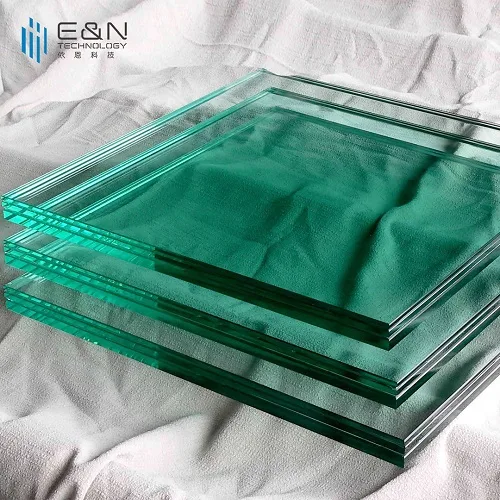Bulletproof glass is a marvel of modern engineering, offering both transparency and protection in one remarkable material. In this article, we will dive into the fascinating science behind bulletproof glass, explaining the principles and technologies that make it possible to withstand bullets and other threats while maintaining its transparency.
Understanding the Composite Structure
At its core, bulletproof glass is a composite material that combines layers of glass with interlayer materials, typically polycarbonate or PVB (polyvinyl butyral). This layered structure is the key to its strength and resilience.
Layered Construction: Bulletproof glass consists of multiple layers, typically alternating between glass and interlayer materials. The number and thickness of these layers can vary depending on the desired level of protection.
Energy Absorption: When a projectile, such as a bullet, impacts the surface of the glass, the energy is distributed across the layers. The interlayer material absorbs and disperses the energy, preventing penetration.
Transparency: Despite its robust construction, bulletproof glass remains transparent due to the optical clarity of the glass and the quality of the interlayer materials. This allows for natural light and visibility, making it suitable for a wide range of applications.

Ballistic Resistance
Bulletproof glass is primarily designed to resist ballistic threats, such as bullets fired from firearms. The resistance to these threats depends on several factors:
Glass Thickness: The thickness of the glass layers plays a crucial role in stopping projectiles. Thicker glass can stop larger and faster bullets.
Interlayer Material: The interlayer material is often a polymer with high energy-absorbing properties. It prevents the glass from shattering upon impact.
Layer Configuration: The arrangement of glass and interlayer materials can be customized to provide varying levels of protection. Different configurations are suitable for different security needs.
Testing and Certification: Bulletproof glass products undergo rigorous testing to ensure they meet international standards for ballistic resistance, such as UL or EN standards.
Beyond Ballistics: Other Threats
While bullets are a common threat, bulletproof glass can also provide protection against other forms of attack, including:
Blast Resistance: Some bulletproof glass solutions are designed to withstand the force of explosions, making them suitable for critical infrastructure and government buildings.
Forced Entry: Bulletproof glass can deter and resist forced entry attempts, making it valuable for retail stores, banks, and residential properties.
Anti-Vandalism: Graffiti-resistant coatings can be applied to the surface of bulletproof glass to make it easier to clean and maintain.
Innovation in Bulletproof Glass
As technology evolves, so does the science of bulletproof glass. Researchers and manufacturers are continually developing new materials and techniques to enhance its performance while maintaining transparency and aesthetics. This ongoing innovation ensures that bulletproof glass remains a crucial component of modern security solutions.
In conclusion, the science behind bulletproof glass is a testament to human ingenuity and the drive to create materials that combine safety and transparency. Understanding the composite structure, ballistic resistance, and other protective features of bulletproof glass is essential for making informed choices in security solutions. As a B2B supplier, we are committed to providing not only top-quality bulletproof glass but also the knowledge and expertise to help you choose the right solutions for your unique security needs.